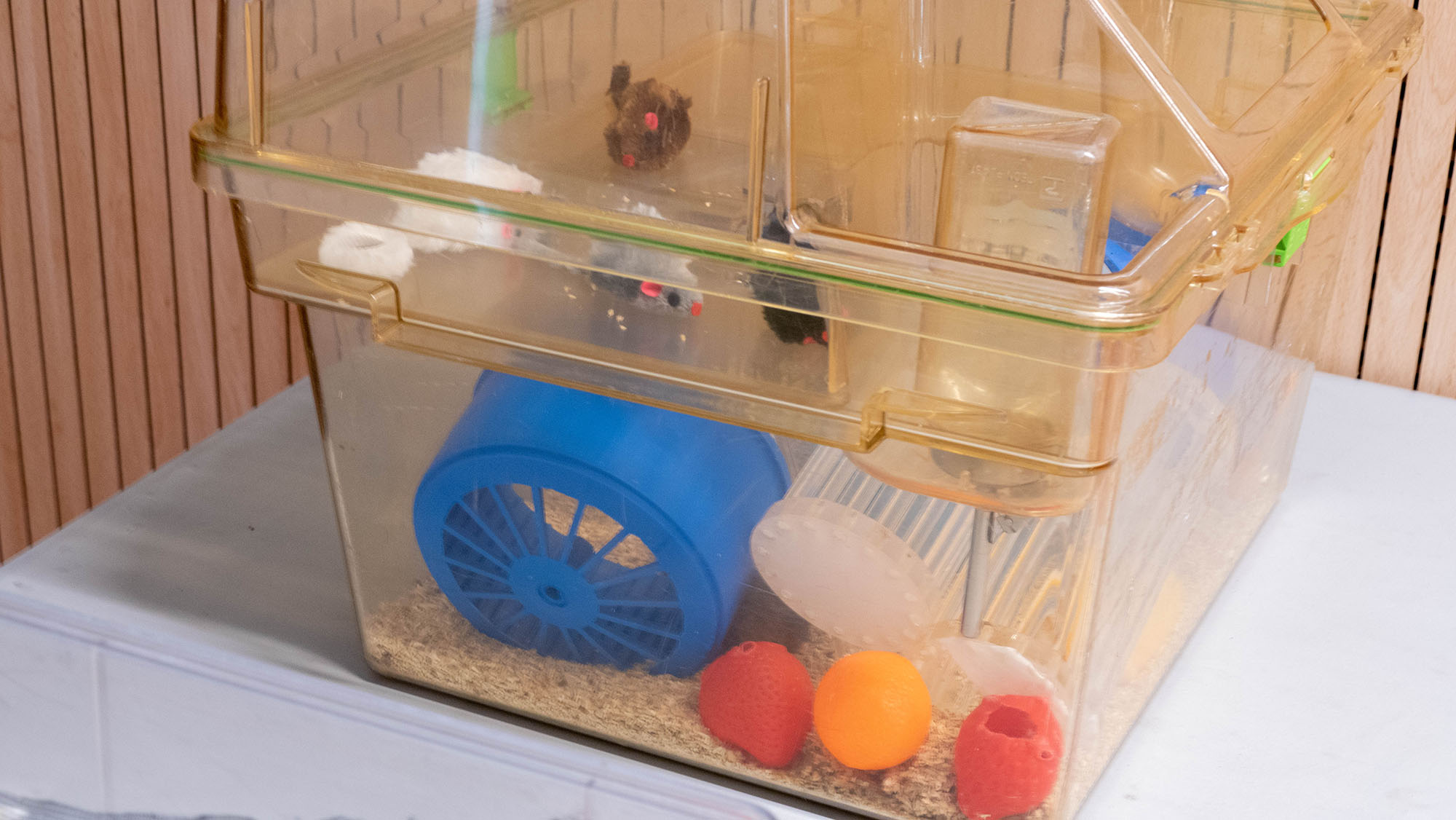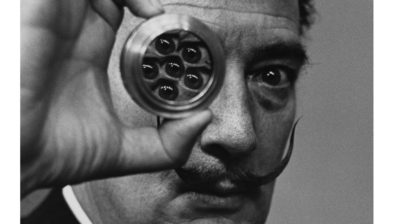In 1979 the United Nations named 24 April as International Laboratory Animal Day. That is why the Barcelona Biomedical Research Park (PRBB), in collaboration with the Hospital del Mar Medical Research Institute (IMIM), the Department of Medicine and Life Sciences of the Pompeu Fabra University (MELIS-UPF) and the Institute of Evolutionary Biology (IBE: CSIC-UPF) organised an educational activity around this date to give visibility to animal research.
Last Wednesday 26th April, the PRBB welcomed 22 students from Vedruna Gracia School who were able to discover what an animal facility is and which model organisms help in the research of the Park’s centres. They also had the chance to participate in a role-playing game that allowed them to reflect on the pros and cons of research with animals. This was a pilot test that we hope to be able to offer to primary and secondary schools in the near future.
With the aim of finding out students’ opinions on animal research and to see if this activity had affected their views, questions were posed to them, both before and after the activity, about the need for the use of animals in biomedicine and its regulation.
Animal facility and model organisms
Joseane Willamil, assistant director of the PRBB animal facility, was in charge of introducing this Park infrastructure to the students. Inciding on the three R’s of animal experimentation (replace, reduce and refine or improve), Joseane explained the strict regulation that involves both the existence and the use of the animal facility. She also stressed the importance of animal welfare, not only on a moral level, but also because only if the animal is in good conditions can the research be of quality, reliable and reproducible.
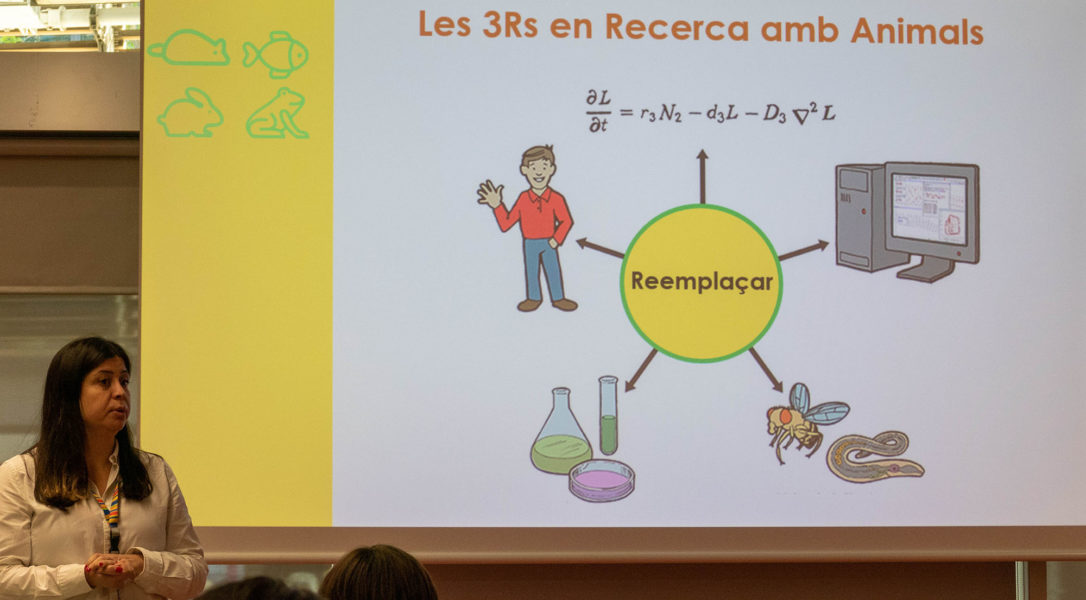
Next, Arnau Busquets, group coordinator at IMIM, gave a brief overview of the regulation of the admission to the animal facility and the use of animals in research, explaining how specific training must be received by any person dealing with the animals, and many reports must be prepared to justify their use. He also explained how his team uses mice to study anxiety, motor coordination and memory.
Later, Nerea Montedeoca, a PhD student at MELIS-UPF, explained why zebrafish is used as an animal model, and presented her research with this organism and its potential in science.
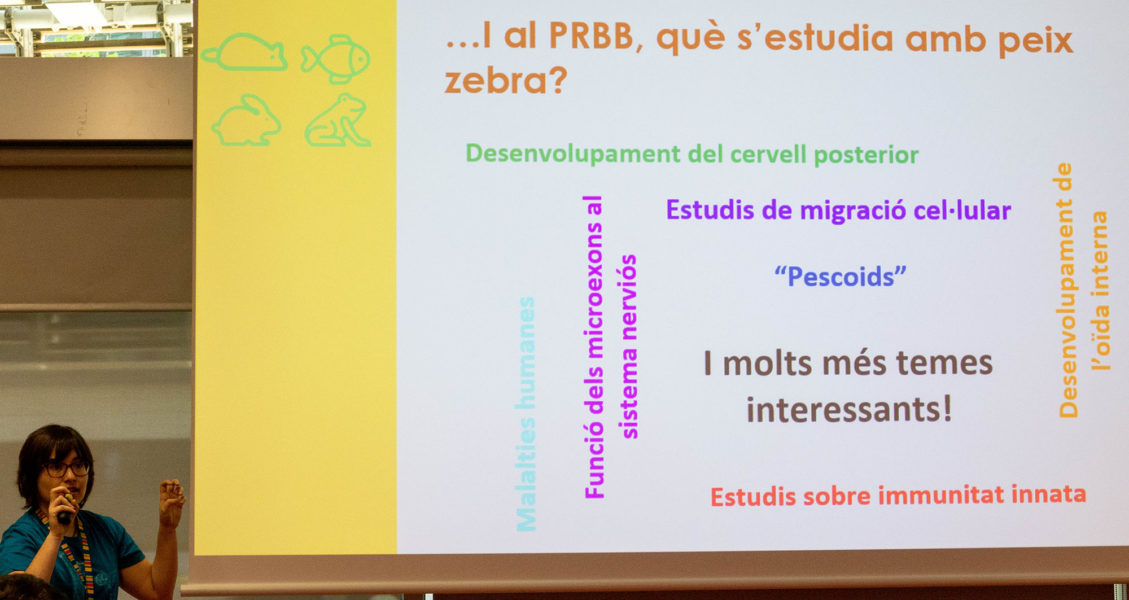
Discussing animal research
After a short break and a tour of the building, the group of students met up with IBE technician Maria Estarellas, who had prepared a role-playing game for them. Several character cards allowed the students to position themselves for or against animal research from different points of view. And thanks to the playing cards, they were able to find new arguments to support their character’s position. In this way, the different “characters” answered the questions posed by the moderators.
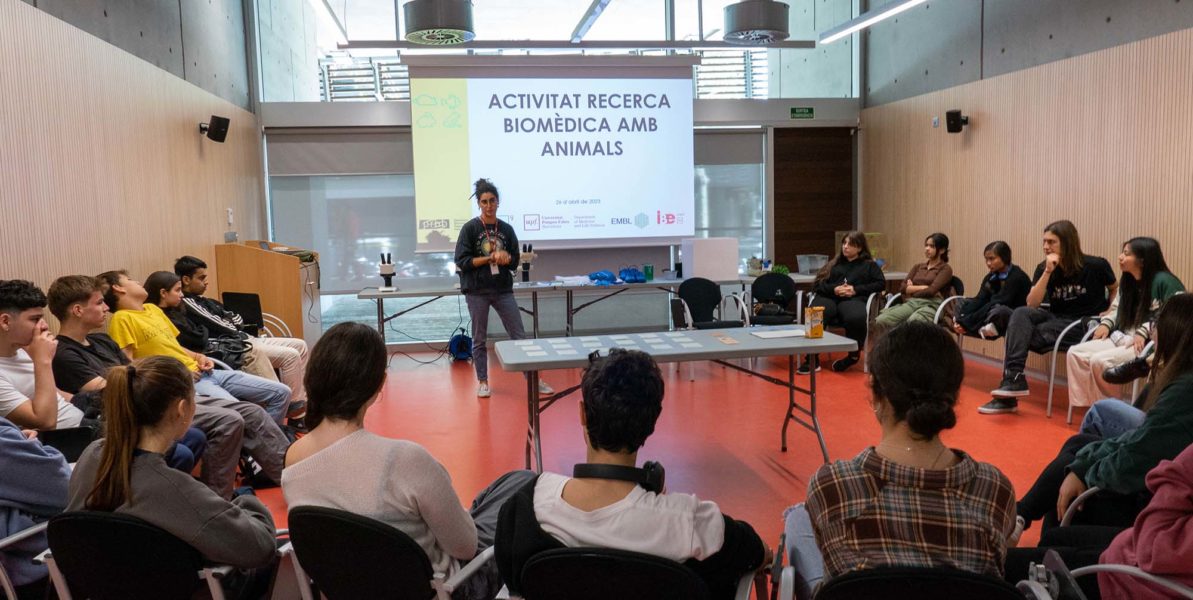
This generated a debate that brought interesting reflections on the anthropocentric vision of the subject – and of the world -, on the ethics of being against the use of animals for research, but not for human consumption, or on death or overpopulation. The students concluded that, if there is no alternative and animals have to be used in research, this should be done in the best way, ensuring the conditions and welfare of the animals with the help of legal regulations.
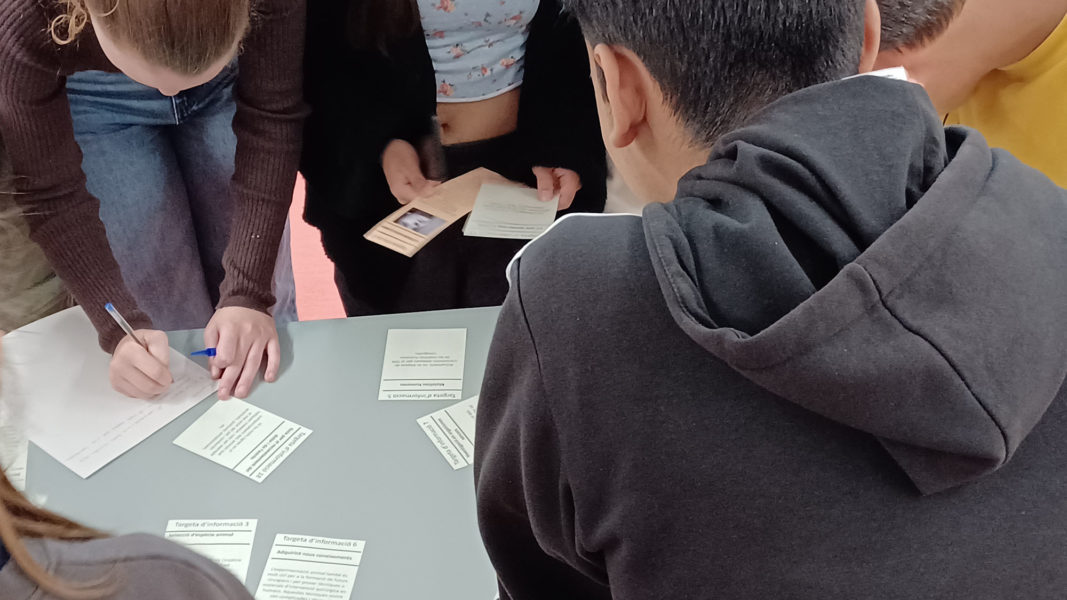
At the end, the researchers showed them the material and equipment used in the animal facility for their studies, as well as the process to be followed to ensure safety measures when entering the animal facility. They were also able to see zebrafish eggs and larvae under the magnifying glass.
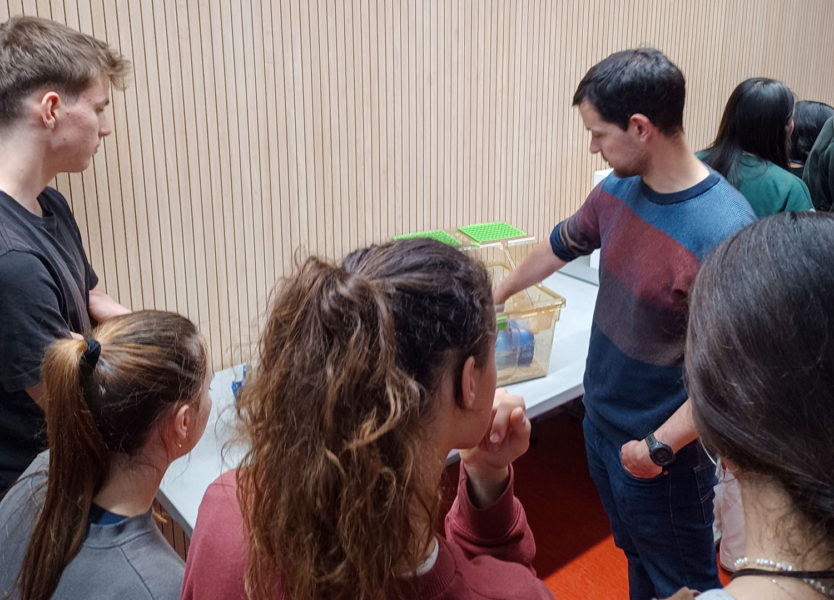
To conclude the day, the students answered again the questions they had been asked at the beginning of the day. The results showed that they had understood that the use of animals in research involves a lot of regulations and bureaucracy (so it is neither easy nor cheap) and there was a slight increase in the opinions in favour of this use, as long as it is justified.


